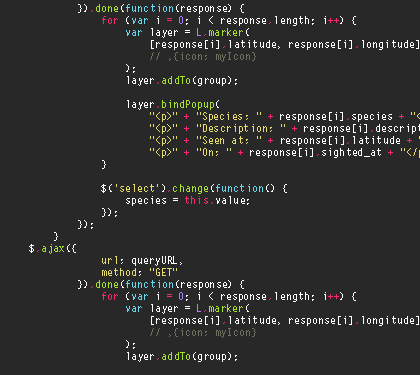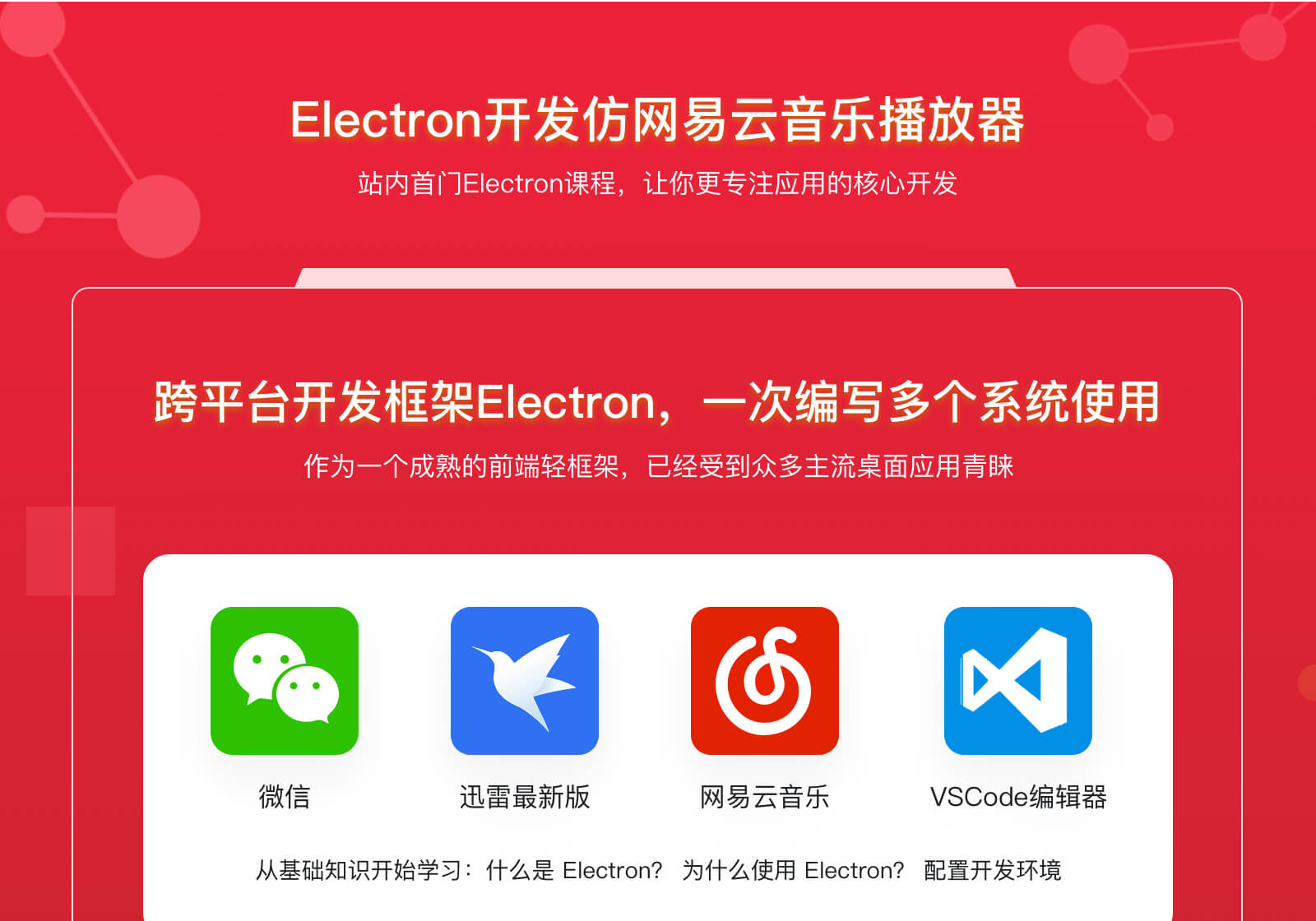javascript
js文档MDN doc
简介
JavaScript 是一种属于网络的脚本语言,已经被广泛用于 Web 应用开发,常用来为网页添加各式各样的动态功能,为用户提供更流畅美观的浏览体验。本节主要带大家熟悉 JavaScript 语句,巩固 JavaScript 基础,应对相关面试提问。
程序的三种基本结构
- 顺序结构:从上到下执行的代码就是顺序结构,程序默认就是由上到下顺序执行的;
- 分支结构:根据不同的情况及判断,执行对应代码;
- 循环结构:重复执行一段代码。
JS 组成
JS 由三部分组成,分别是:
- DOM(文档对象模型)
- BOM(浏览器对象模型)
- ES(ECMAScript 规范,如 ES5、ES6 等)
前端框架与工具
类库:
- JQuery
- Lodash
JS 框架:
- React
- Vue
- Angular
- Ext JS
- Backbone
工具:
- webpack(Build)
- jest(Test)
- ESlint(Lint)
- Template(EJS)
- 应用方面的(Echarts/D3/three)
区别:
框架—包含—>库
框架—调用—>运行代码(如:生命周期函数)—调用—>库
数据类型及类型判断
JavaScript 的基本数据类型有:undefined、null、boolean、number、string、symbol(ES6)、bigint(ES2020),引用类型有:object(包括数组、函数、对象等)。
常见类型判断方法:
1 | // undefined(未定义) |
类型判断方法总结
typeof:可判断基本类型,不能区分 null、数组、对象。instanceof:判断对象实例与构造函数的关系,不能判断基本类型。Object.prototype.toString.call():最准确,推荐使用。
常用内置对象
- Object:所有对象的父类型。
- Array:数组对象。
- Function:函数对象。
- Date:日期对象。
- RegExp:正则表达式对象。
- Math:数学对象,提供数学常数和函数。
- JSON:用于解析和序列化 JSON 数据。
常见面试题
1. == 和 === 的区别
==:先进行类型转换再比较,称为“宽松等于”。===:不进行类型转换,类型和值都相等才为 true,称为“严格等于”。
2. 如何判断数组
1 | Array.isArray(arr); // 推荐 |
3. 如何实现深拷贝
1 | // 简单方式(有局限性) |
4. 闭包的作用
- 保护变量不被外部访问(数据私有化)
- 保持变量的持久性
5. 事件委托
通过事件冒泡,将事件绑定到父元素上,利用事件对象的 target 属性判断事件源。
其他常用知识点
- 作用域与作用域链
- 原型与原型链
- this 指向
- 异步编程(Promise、async/await)
- ES6 新特性(let/const、箭头函数、解构赋值、模板字符串、扩展运算符等)
更多内容请参考 MDN JavaScript 指南
本博客所有文章除特别声明外,均采用 CC BY-NC-SA 4.0 许可协议。转载请注明来自 BARAN的小站🔥🔥🔥!






